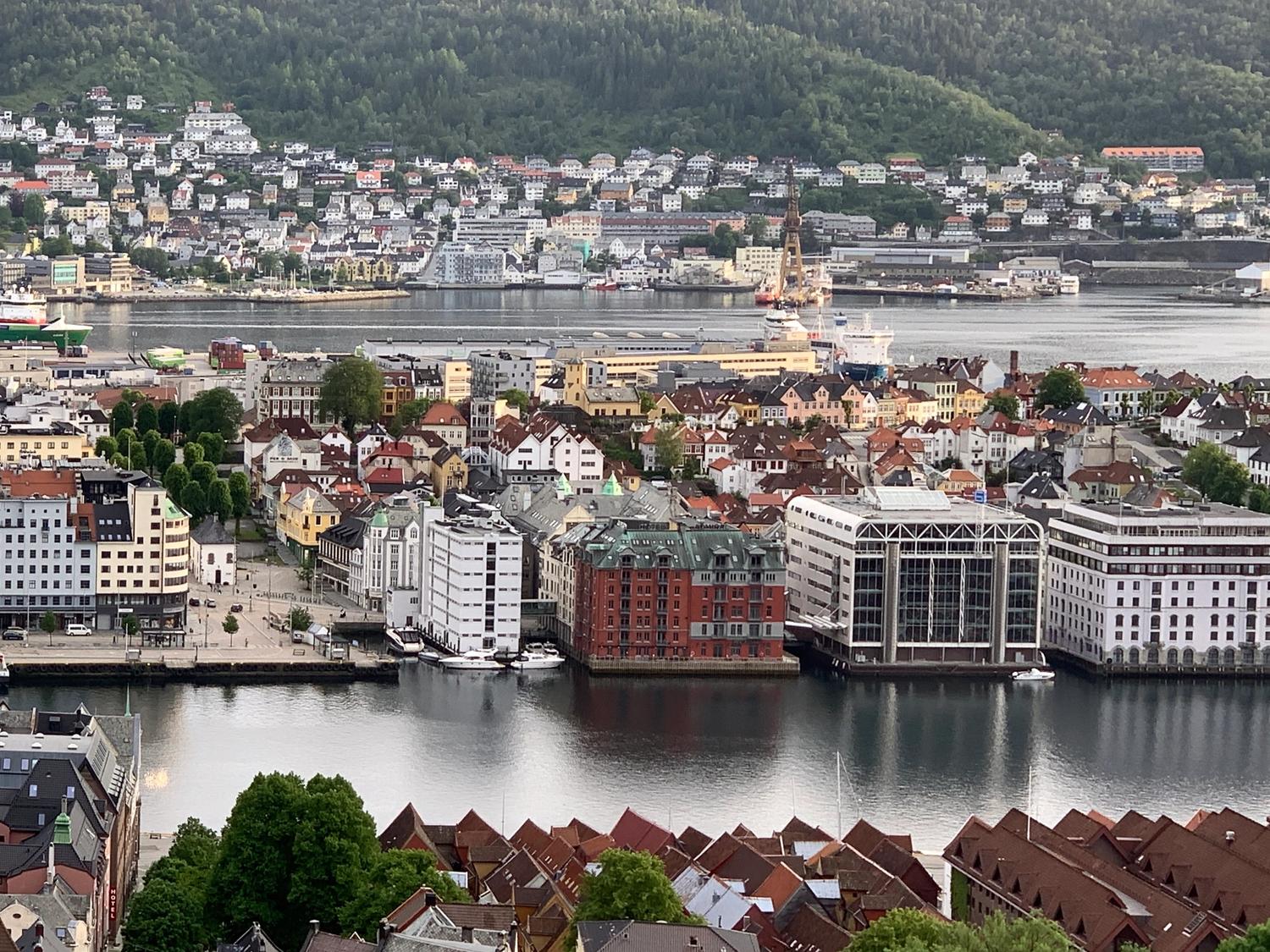Cecilia Jonsson’s art project Mareograph is based on the Bergen City Council’s risk assessment of the much-polluted marine environment in Puddefjorden and the lake Store Lungegårdsvann in Bergen. This risk assessment shows that the sea bed has a very high content of heavy metals and organic contaminants, and forms the basis for the City Council’s major focus on and clearance work with the fjord bed.
The seminar at the Bergen Public Library provides insight into the art project, into what sediments are, and how one can interpret sediment specimens from the sea bed to form a picture of – among other things – pollen, plant remains and the types and quantities of environmental toxins deposited there. It also throws light on the work that is being done to get a cleaner harbour in Bergen.
Human beings have changed the earth over the past 8000 years in multiple ways, such as agriculture, erosion and the management of water resources. The seminar presents the research project HOPE at the University of Bergen, which investigates whether, even further back, mankind has influenced the major ecological processes. Through analyses of pollen data from as far back in time as 12,000 years, the project is looking at whether human beings left ecological traces even then.
Sediments are loose masses on lake bottoms or on the sea bed consisting of sand, clay or gravel as well as large or small quantities of organic material from dead animals and plants. Environmental toxins that are released into the sea, or on land and then gradually leak out into the fjord, often end up in these sediments. Emissions of environmental toxins may come from a wide range of different sources, such as industry, paint, construction materials, the bottom of boats, settlements, roads, worn tires, drains and rainwater.
Calculations have shown that there are several hundred thousand tons of contaminated sediment in Puddefjorden, Vågen and Store Lungegårdsvann. The measurements show that they include large quantities of mercury, lead, arsenic and banned industrial chemicals. The risk assessment of the City Council shows that the agitation and whirling-up of sediments as a result of shipping traffic and tides is the predominant diffusion mechanism for environmental toxins in the city fjord. The environmental toxins then spread to cleaner areas of the fjord and are ingested by organisms. To stop this spread of environmental toxins from the sea bed, the public authorities in Bergen have decided to have the polluted sea bed covered with quantities of stones, among other things.
In the project Mareograph the artist Cecilia Jonsson has used sediment samples from the sea bed in Puddefjorden and Store Lungegårdsvann, and applied it as a coating to clay formed into cylinders. These were placed one by one in her self-made analogue tidal gauge, which stood on the Årstad quay at the passage between Puddefjorden and Store Lungegårdsvann for a few days in January this year.
The tidal water was registered in the analogue gauge by the movements of a needle in the sediment cylinders, which were replaced when the water was at its lowest, once each night and once each afternoon. The six cylinders with sediments have subsequently been dried and fired ceramically, and will be shown in a display case in the Local History section of the Bergen Public Library. The colour spectra in the incised cylinders come from various types of heavy metals, minerals and organic contaminants deposited in the sediments and the ways in which they have reacted to the high temperatures of the ceramic firing.
